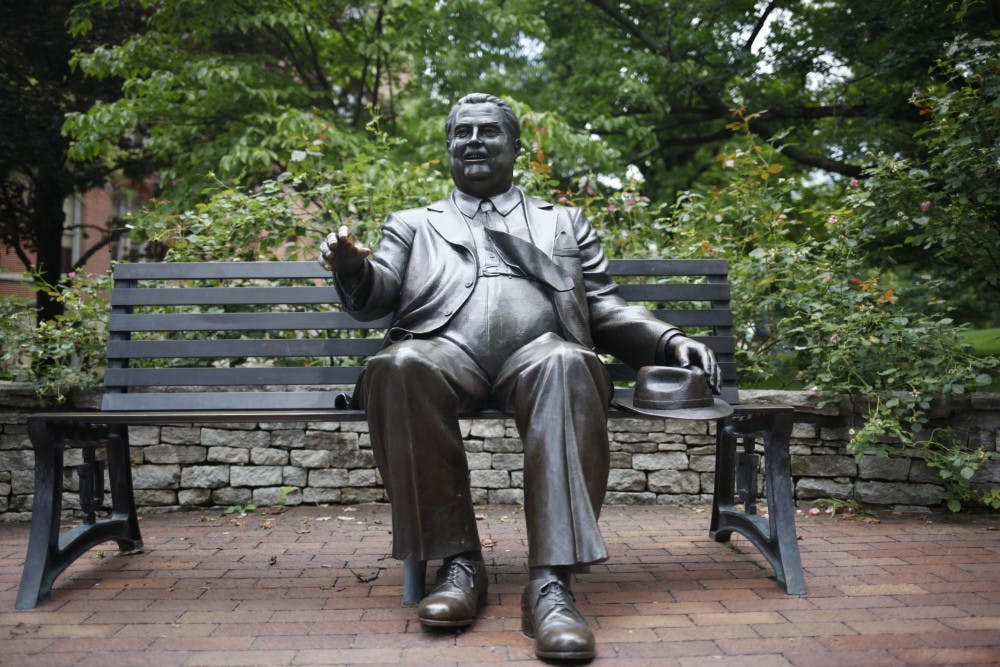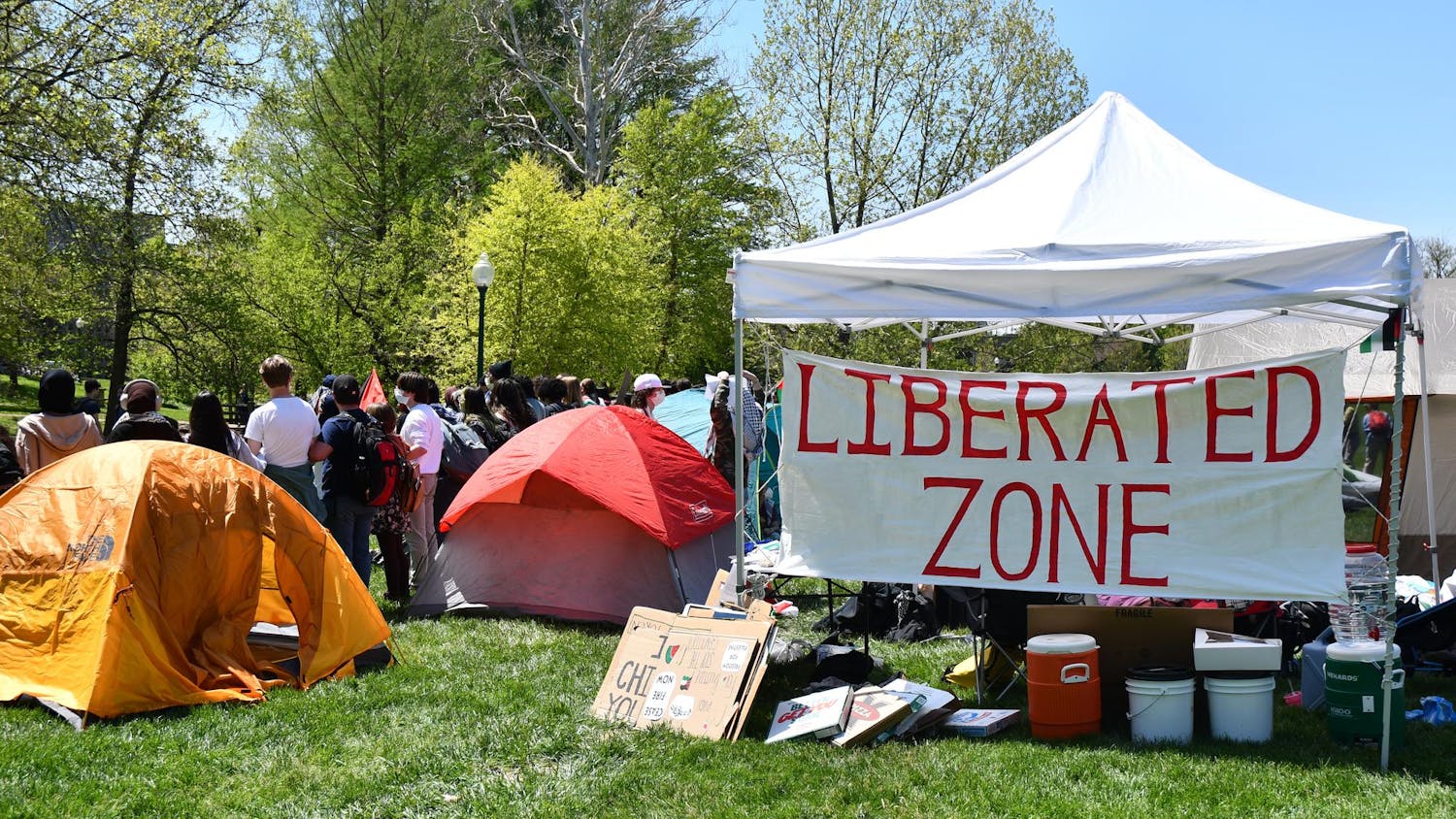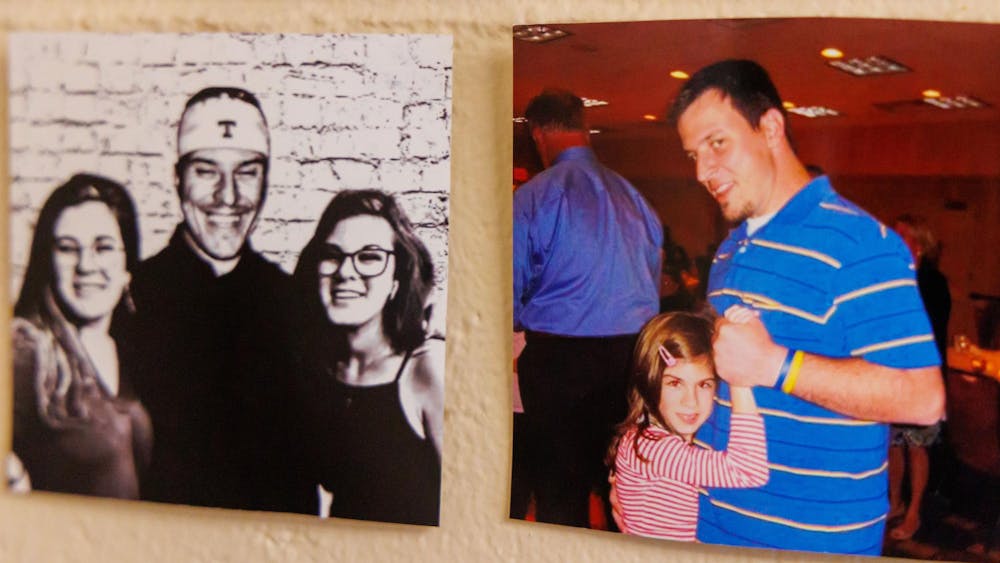From war correspondent Ernie Pyle to author Suzanne Collins, it’s no secret countless icons have at one time or another made IU their home.
Of all its alumni, however, the one who has had the largest effect on the University is former President Herman B Wells.
Wells transferred from the University of Illinois to IU in 1921 and graduated in 1924. During his undergraduate term, he served as president of the fraternity Sigma Nu.
Before he was even inaugurated as president in 1938, Wells traveled over 33,000 miles internationally in search of suitable teachers, according to a short biography by former Vice President of Research George E. Walker.
“A university cannot render distinguished service to its constituency without a distinguished faculty; therefore, the selection of faculty personnel is of first importance,” Wells said to trustees in 1942.
Wells persuaded both new and old faculty alike to join and share his vision of enlightenment.
In his 25 years as president, he expanded the student body to 29,000 statewide, and the size of the campus from 167 acres to 1800 acres, constructing new academic buildings and residence halls.
Wells was proud of the beauty of his campus, and he always was a strong supporter of preserving it.
“To cut a tree unnecessarily has long been an act of treason against our heritage and the loyalty, love and effort of our predecessors who have preserved it for us,” he said.
The former president was passionate about all levels of academia, and while he was able to further research on science and professional education, he also developed on visual and performing arts for the university.
This artistic interest eventually led to the construction of the Fine Arts Building.
Wells was also a promoter of free intellect. He believed both faculty and students should have the liberty to explore all forms of inquiry, without any constraints.
Wells’ encouragement eventually led former professor Alfred Kinsey, a researcher of sexual behavior, to establishing the Kinsey Institute on campus.
Outside the campus, Wells was appointed by President Harry S. Truman to be the cultural affairs liaison for the U.S. Military Government in Germany.
On top of this, he spent most of the 1950s and 1960s providing educational and technical support to numerous international universities in countries such as Thailand and Pakistan.
This international work encouraged his nomination for a Nobel Peace Prize in 1970.
The legacy of Wells is preserved by IU in the form of a bronze statue resting on a bench in the Old Crescent near Owen Hall. It is an IU tradition to shake Wells’ outstretched hand at the beginning of each term at IU for good fortune.
Another prominent example of retaining his honor on campus is the Wells Library, the main campus library that was named after the former president. Inside the main hall of this building sits a bust of Wells.
A portrait of Wells is also featured in the President’s Room in the University Club at the Indiana Memorial Union.
“I hope that our alumni will always insist on retention of our precious islands of green and serenity,” Wells said in his last commencement speech. “Our most important physical asset, transcending even classrooms, libraries and laboratories in their ability to inspire students to dream long dreams of future usefulness and achievement.”






